Mikiko Hara, Photography, or Consciousness of the Quotidian
With the series ‘These are Days’ the artist provides a sample of banal moments that together form an existence.
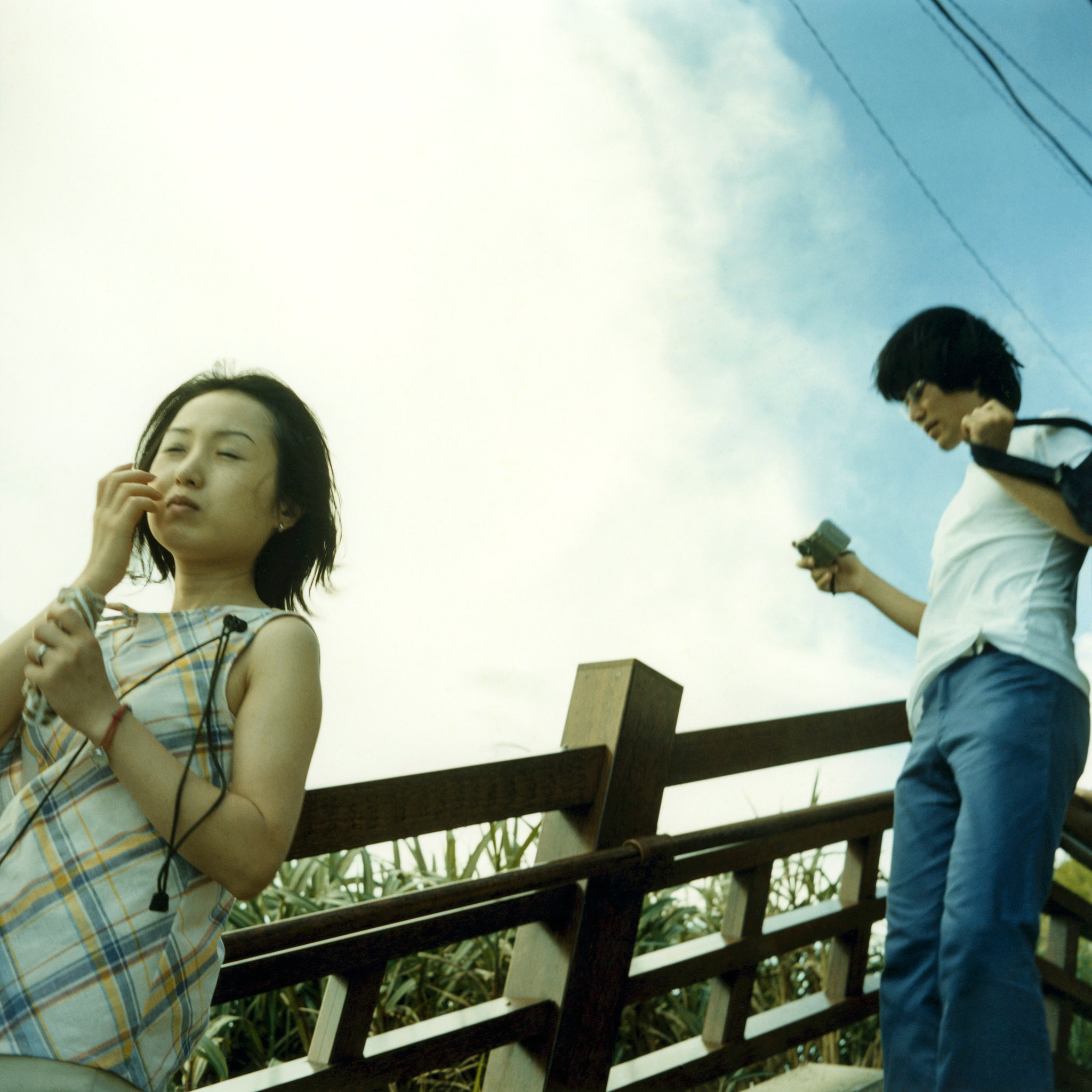
© Mikiko Hara. Courtesy of Osiris, Tokyo.
How do we define an existence if not by an association of sequences, images, and emotions that we are confronted with, without clear links? The 25 photographs selected by Mikiko Hara in These are Days (2014) present moments, places, spaces, and vignettes of life, in which the leading figures are at the same time united and isolated.
Born in 1967 in Toyama Prefecture, Mikiko Hara trained at the Tokyo College of Photography and was awarded the prestigious Kimura Ihei Award in 2017, following in the footsteps of Takashi Arai and Lieko Shiga. The specificity of her work is that she uses an Ikonta camera without a viewfinder. ‘The camera eye is more honest, simple, coolheaded and unforgiving than my own eyes,’ says the artist in the pages of her book.
Implicating the spectator in her memories
The series These are Days compiles photographs taken between 2010 and 2014 and provides an insight into moments that are both unique and familiar. The shots stage children, passengers lost in their own thoughts on the metro, and beaches shot from above. The kind of images that appear and disappear in front of our eyes, devoid of symbolism. ‘I feel the camera excels as an apparatus that can grasp and slowly scoop up things we cannot understand or perceive,’ says the photographer. In an interview with the New York Times, she explains that she hopes her work provokes in her audience ‘ambivalent or unexplainable feelings, and resonates with their fragmented memories.’
The photo book is the second to be published by the artist, following Hysteric Thirteen (2005), in which she captures women in pensive reflection.
These are Days (2014), the photo book by Mikiko Hara, is published by Osiris.
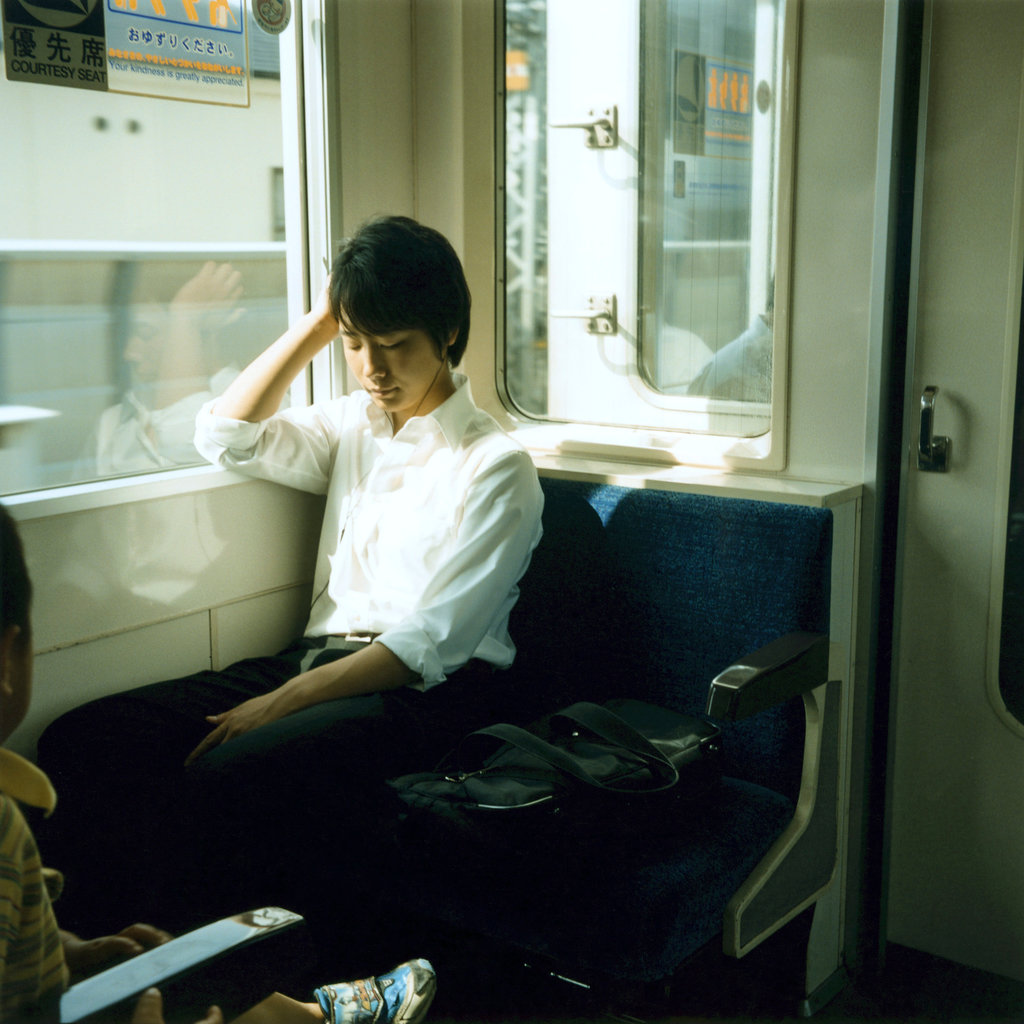
© Mikiko Hara. Courtesy of Osiris, Tokyo.
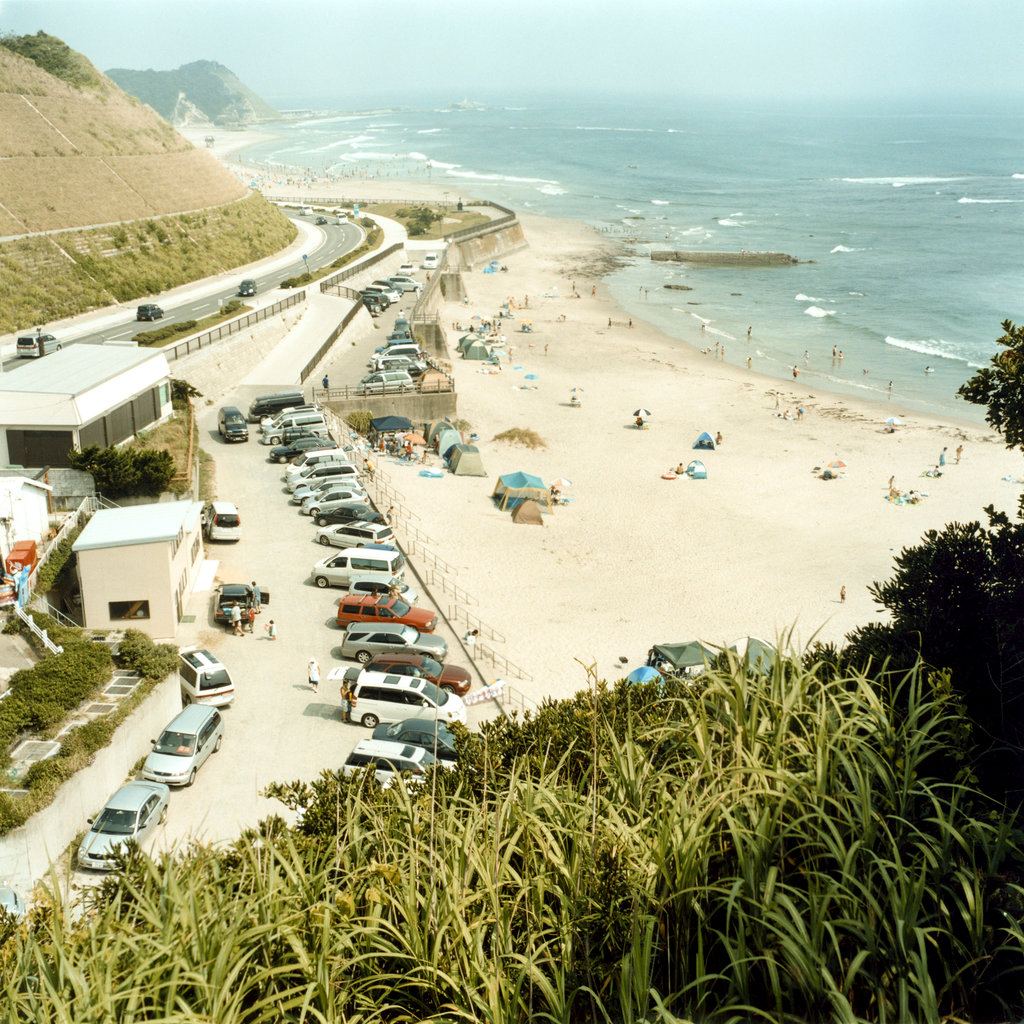
© Mikiko Hara. Courtesy of Osiris, Tokyo.
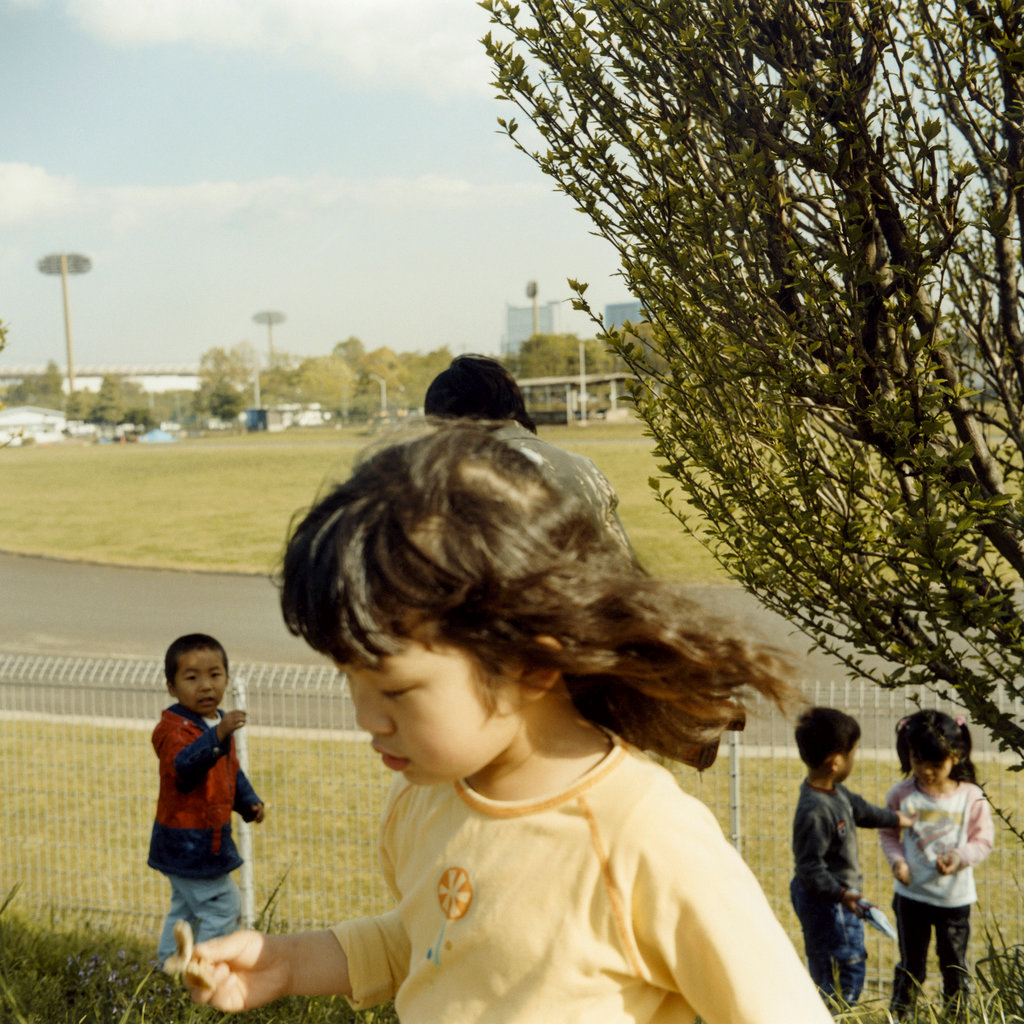
© Mikiko Hara. Courtesy of Osiris, Tokyo.
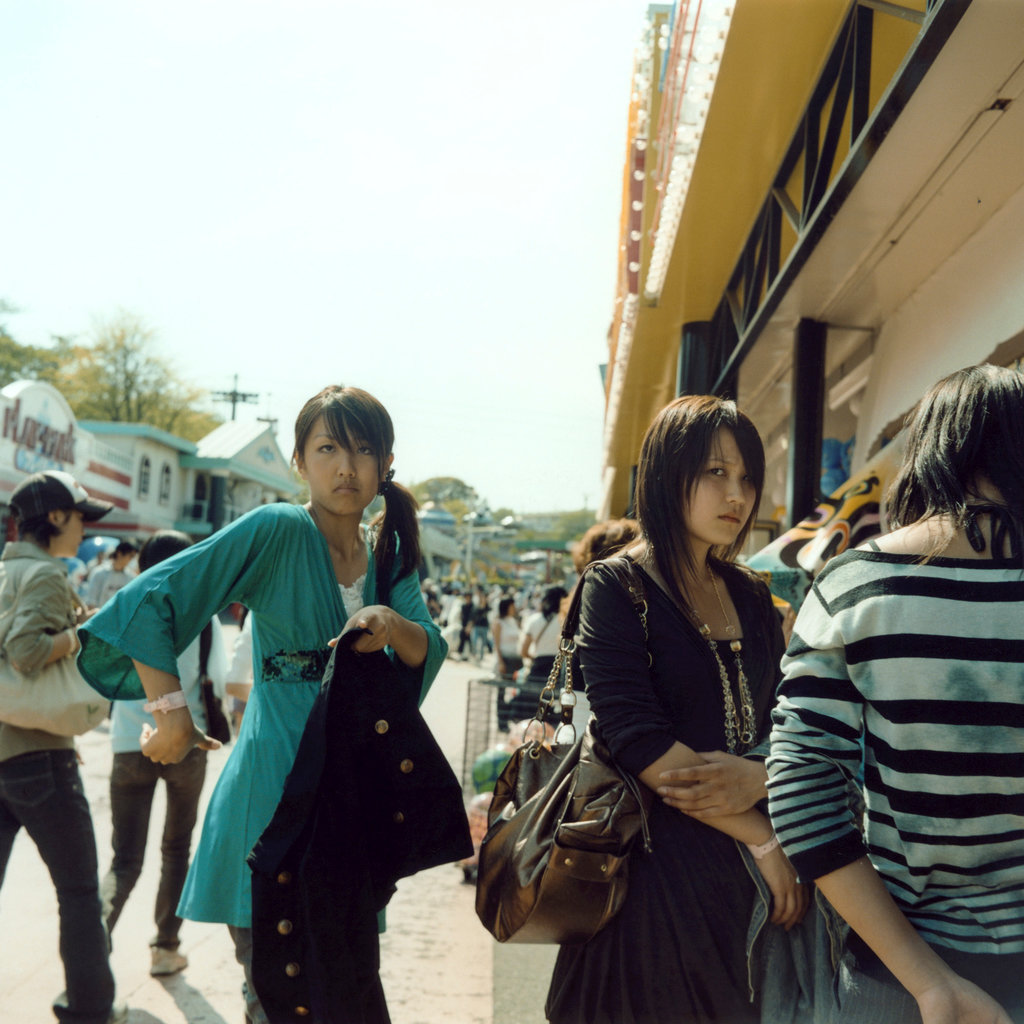
© Mikiko Hara. Courtesy of Osiris, Tokyo.
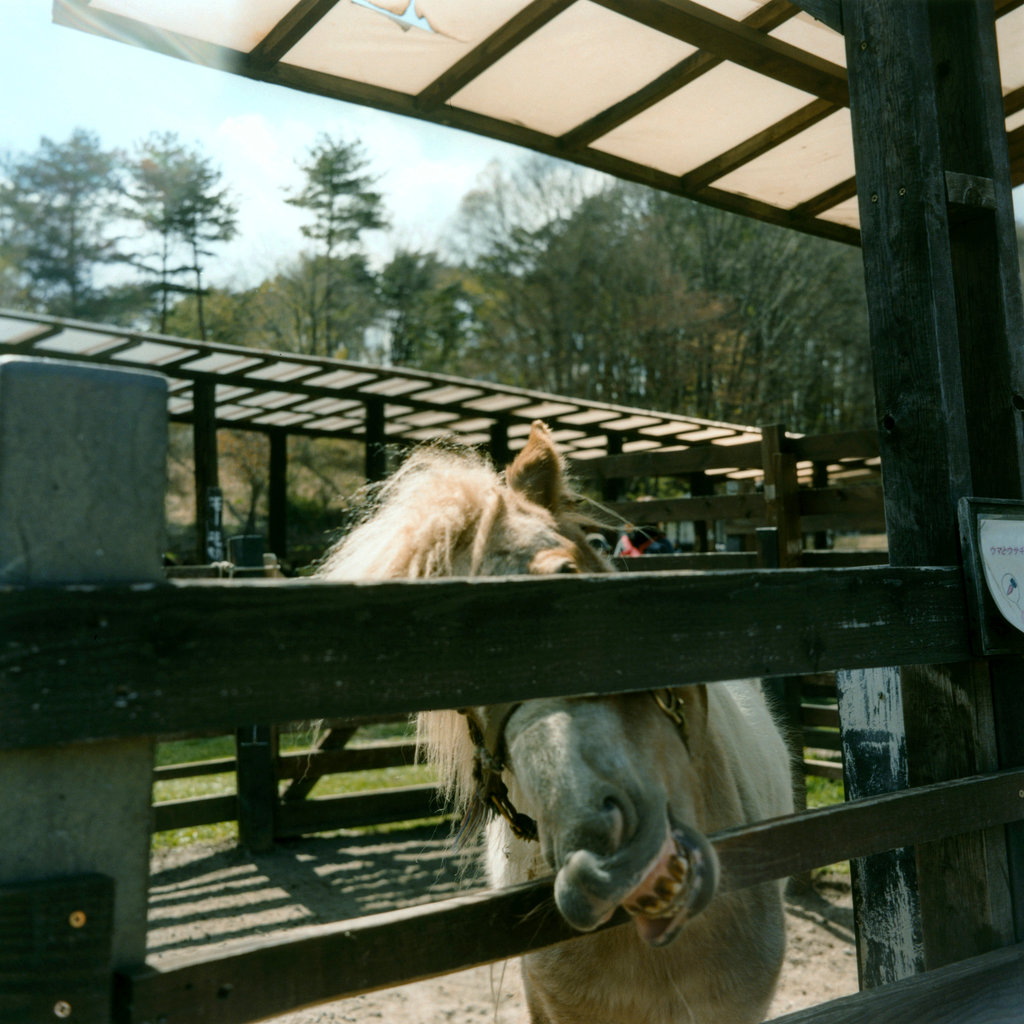
© Mikiko Hara. Courtesy of Osiris, Tokyo.
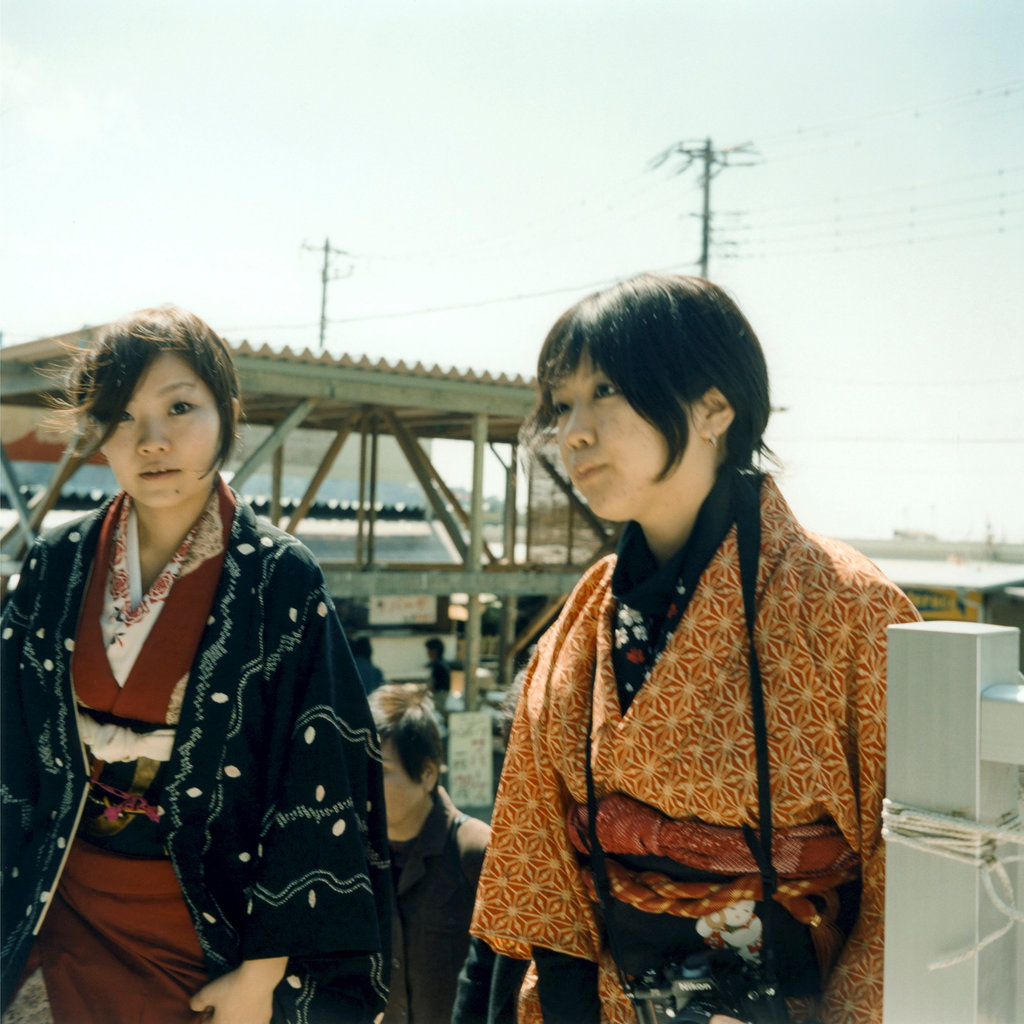
© Mikiko Hara. Courtesy of Osiris, Tokyo.

© Mikiko Hara. Courtesy of Osiris, Tokyo.
TRENDING
-
The Tattoos that Marked the Criminals of the Edo Period
Traditional tattoos were strong signifiers; murderers had head tattoos, while theft might result in an arm tattoo.

-
The Story of Sada Yacco, the Geisha who Bewitched Europe
Described by Dazed magazine as the first beauty influencer, she has been restored to her former glory since 2019.

-
Chiharu Shiota, Red Threads of the Soul
Last year, more than 660,000 people visited the retrospective 'Chiharu Shiota: The Soul Trembles' exhibit at the Mori Art Museum.

-
Japanese Left-field Pop From The CD Age, 1989-1996
‘Heisei No Oto’, a compilation of hidden gems in the unspoken depths of Japanese pop, reveal blissful moment of technological possibility.

-
‘Shojo Tsubaki’, A Freakshow
Underground manga artist Suehiro Maruo’s infamous masterpiece canonised a historical fascination towards the erotic-grotesque genre.





